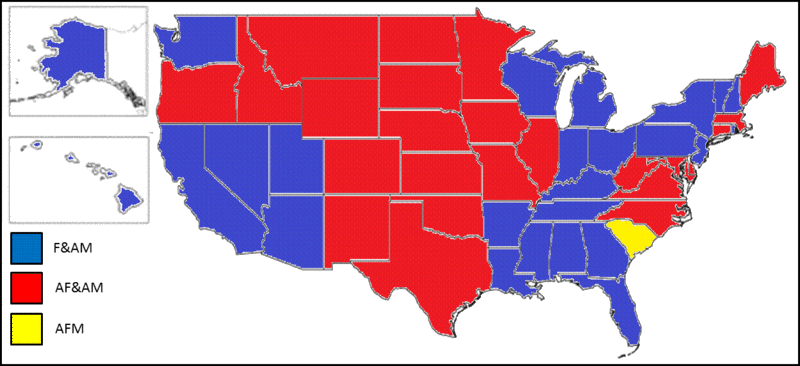EZFlyer
Registered User
So I understand there is a difference between F&AM and AF&AM. However, my question is can you belong to both? When I joined I was informed that non-PHA lodges are the ones you would have to join to get up to the 33rd degree, and PHA only goes to 32nd. Is it possible to be both F&AM and AF&AM so you can receive the most light as possible?
